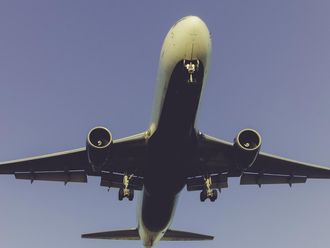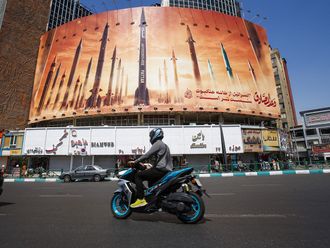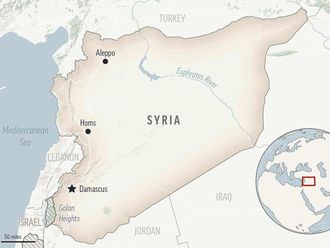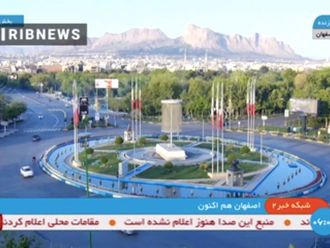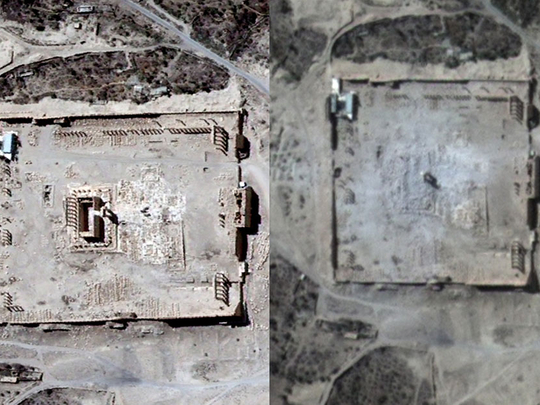
Beirut: After a day of conflicting reports about the extent of damage that Daesh militants had inflicted on the Temple of Bel in the ancient city of Palmyra, Syria, a United Nations agency said late on Monday that satellite images confirmed the structure had been largely destroyed.
The primary temple building, nearly 2,000 years old, was flattened, according to the satellite images, taken on Monday and released by the UN training and research agency UNITAR, based in Geneva.
“We can confirm destruction of the main building of the Temple of Bel as well as a row of columns in its immediate vicinity,” the agency said in a statement sent to members of the news media, using a different transliteration for the temple. As local activists and antiquities experts scrambled Monday to assess what had happened, all agreed that an explosion at the site on Sunday had damaged the best-preserved structure of the temple, a stone building that included the altar.
Some experts had clung to optimism by saying the extent of the harm to the ruins was still unclear, while residents and activists said reports had indicated severe damage.
Maamoun Abdul Kareem, the director of Syria’s antiquities department, said earlier in the day that he thought the main building remained standing, nonetheless calling any damage a loss.
“It’s not a political battle, but this is a cultural battle, and everybody should participate in defending this heritage, this civilisation,” he said.
The attack on the Temple of Bel came a week after the militants, who have held the Palmyra ruins and the modern city with the same name for three months, destroyed another ancient building there, the nearby Temple of Baal Shamin.
The Temple of Bel was an even grander structure, with a towering altar building on a platform of large stone blocks at the centre of a larger plaza encircled by columns and partial walls.
“It is not as huge as the damage at Baal Shamin,” Abdul Karim said.
Khalid Al Homsi, an antigovernment activist and Palmyra native who recently fled to Turkey but remains in close contact with residents of the city, accused Abdul Kareem of trying to play down the damage. Al Homsi said much of the structure had been knocked down, including a portico of eight columns just outside its walls and the altar inside.
His uncle Khalid Al As’ad, 83, a former antiquities director in Palmyra, was killed by the militants two weeks ago, his body suspended from a traffic light.
Consecrated in AD32 to the Semitic god Bel, the temple is considered one of the most important sites in Palmyra. It was a relatively intact example of the fusion of Middle Eastern, Greek and Roman influences.
In modern times, the Temple of Bel has also been a cultural touchstone for Syrians. It was a backdrop for concerts in the annual Palmyra Music Festival, as the ancient amphitheatre has been more recently for Daesh executions.
The ancient city of Palmyra, which stands in the desert about 150 miles northeast of Damascus, is a Unesco World Heritage site.
Daesh has widely publicised images of its fighters blowing up tombs and destroying statues that it considers blasphemous. Archaeologists and antiquities experts consider the losses to be irreparable, leading some to feel, as Abdul Kareem said last week, “very weak, very pessimistic.”
On Monday, he added that among Syria’s many archaeological treasures, the Temple of Bel had special significance for him.
“I visited the temple during the crisis,” he said, “and I took many pictures with my daughter, which is something I rarely do.”
He added, “It was an honour to stand in front of this great place.”


